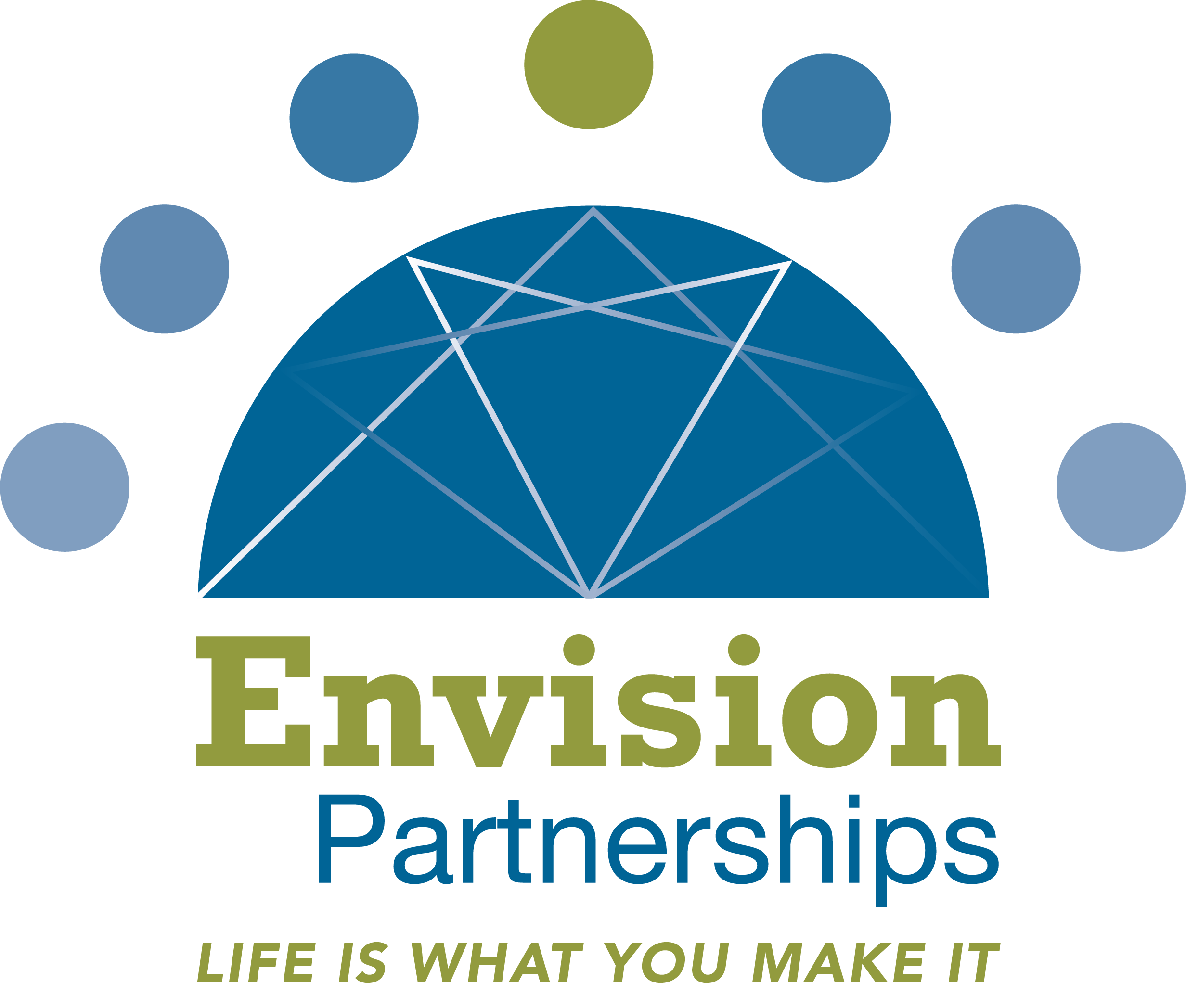
When things get tough, you’ll often hear people say “be positive”. What does it mean to “be positive”? Does it make things easier? Why can some people always look on the bright side with such ease while others struggle to get over the glass being half full? Although not everyone is innately positive, everyone should attempt to practice positivity for the effects it has on behavior, well-being, and mental health.
The Expectancy Theory of Motivation developed by Victor Vroom states “an individual’s behavior is a result of conscious choice. That is, people are free to choose those behaviors suggested by their own expectancy calculations.” Whatever you focus on, your focus expands; imagine the effects of a positive focus. However, the Expectancy Theory works both ways; focusing on negatives will strengthen negative thoughts. Think if the neural pathways in your brain like a muscle getting stronger with each positive, mindful thought.
What exactly do negative emotions do compared to positive emotions? Negative emotions focus your thoughts and narrow your mind, programming you to shut off the world and only see what’s right in front of you. For example, you miss a day of exercising or eat unhealthily and all you can think of is how lazy you are and what little willpower you have. Your brain chooses to focus on all of the negatives, negating other options.
Let’s look at what positive emotions do for the brain. When experiencing positive emotions like joy, happiness, love, and contentment, your brain is opened up to more options. Positive thinking can build your skill set since it opens up your mind to possibilities. Undoing lingering negative emotions, building psychological resilience, and promoting greater well-being in the future are a few of the many thinks that positivity does, according to the Broaden and Build Theory of Positive Emotions.
How can I “be positive”? It won’t be easy, but with practice, your brain will choose a route of positivity versus negativity. Follow these tips from Success Magazine on achieving a positive mindset:
· Start the day with positive affirmation.
· Focus on the good things, however small.
· Find humor in bad situations.
· Turn failures into lessons.
· Transform negative self-talk into positive self-talk.
· Focus on the present.
· Find positive friends, mentors and co-workers.
Alton, L. (2019, June 28). 7 Ways to Make Positive Thinking a Habit. Retrieved from https://www.success.com/7-practical-tips-to-achieve-a-positive-mindset/
Fredrickson B. L. (2004). The broaden-and-build theory of positive emotions. Philosophical transactions of the Royal Society of London. Series B, Biological sciences, 359(1449), 1367–1378. doi:10.1098/rstb.2004.1512
Lunenburg, F. C. (2011). Goal-setting theory of motivation. International journal of management, business, and administration, 15(1), 1-6.



